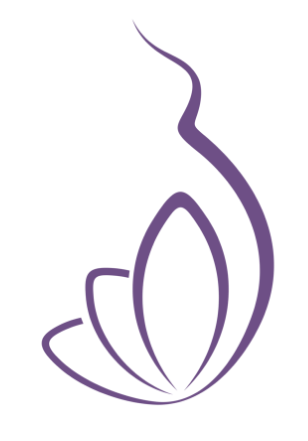What can cause the pain and how to mitigate it.
The coccyx, commonly known as the tailbone, is the tiny bone at the bottom of the sacrum and has an important weight-bearing role in the body. The tailbone attaches to over 10 muscles including the gluteus maximus (aids in hip extension) and the posterior pelvic floor (helps support women’s uterus, bladder and colon). The connection of the tailbone to women’s pelvic floor allows for the tailbone to point downward to help provide extra beneficial space for carrying a baby and childbirth. Although this bone is small, the tailbone can play a big role in hip, sacroiliac (SI) joint and pelvic pain during pregnancy and postpartum recovery.
What can cause tailbone pain:
-
Dislocation or fracture of coccyx from repetitive movements, falls or child birth.
-
Changes in your body’s center of gravity during pregnancy creating poor postural habits such as lordosis (large low back curve) or butt tucking while over activating the glutes.
-
Posterior positioning of the baby while in utero allows for the baby’s head to push on the sacrum and tailbone creating potential discomfort.
-
Pelvic floor dysfunction (tight, weak or over stretched muscles) before or after childbirth.
As you can tell, tailbone pain can disguise itself in many ways.
Here are a few questions to ask yourself to determine if your tailbone may be misaligned or possibly fractured:
-
Do movements such as hinging down to pick up an item off the floor or walking up stairs increase your pain?
-
Does your pain worsen while sitting down?
-
Does your pain increase going from a sit to stand position?
-
Do you have pain while peeing, having a bowel movement or pain during/after sex?
If you relate to any of these scenarios here are some ways to help elevate or mitigate your tailbone pain:
Train the pelvic floor:
Due to the attachments of your pelvic floor to the tailbone, pelvic floor exercises can help to relieve tailbone pain.
Was the first thought that came to your mind about kegels?! Kegels are a great tool to help strengthen the pelvic floor, however pelvic floor training isn’t just about increasing strength. The pelvic floor needs to be mobile, stable and coordinated. Just like any other muscle group, if you cannot lengthen/relax your pelvic floor then you cannot affectively strengthen/contract it either. Start by trying pelvic tilts and glute squeezes while lying on your back with your knees bent to check your pelvic floor connection.
Check out our diaphragmatic breath video here to help connect your breath to your pelvic floor:
Strength the posterior chain muscles:
Since the gluteus maximus connects directly to the tailbone it is important to make sure this muscle is activated and strengthened to insure proper tailbone function.
Specific exercises:
-
glute bridge
-
clams
-
lateral lunges
-
lateral step ups
-
single leg sit to stand/squat
-
deadlift variations
Stretch the psoas and piriformis:
A tight psoas can potentially inhibit activation of the gluteus maximus so be sure to stretch it out effectively before training.
Tight glutes and piriformis muscles can create instability through the tailbone and pelvis. Try the 90/90 move to increase mobility and help access your pelvic floor!
Create good habits:
Be mindful of your posture and keeping a neutral spine alignment while sitting, standing and during movements such as bending over to pick up your kiddo or placing them into their crib.
Avoid sitting for prolonged periods of time but while sitting be sure to evenly distribute your weight through your sit bones and avoid shifting to one side.
Be sure to use correct form using your legs and glutes for everyday twisting and bending activities.
Log roll off the ground rather than sitting up directly onto your tail bone.
Here is a full 40-minute workout to bring all these ideas together and get you moving, mama!
Not every exercise prescription works for every mama so please reach out to the TLM team for more information on how to mitigate your tailbone pain!
« prep your pelvic floor & pelvis for birth (late in the third trimester)Next Post:
Return to Running Postpartum checklist »

